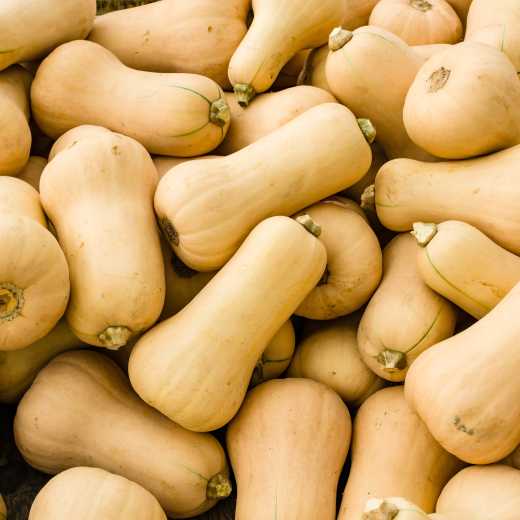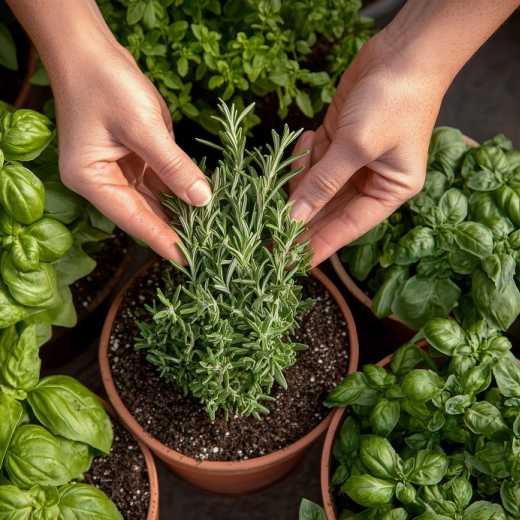What I Love About Crepe Myrtles
WHAT I LOVE ABOUT CREPE MYRTLES
Crepe Myrtles are amazing plants for Oklahoma. Crepe Myrtles decided to bloom early this year, and Mother Nature decided winter should hang around longer and throw in a few late freezes. Luckily, Crepe Myrtles are super tough and will survive. If you had freeze damage on new growth, you can trim it off if you can safely reach; however, there is no need other than cosmetic purposes because new growth will quickly cover the damage.
Crepe Myrtles have 4 seasons of beauty that neither the heat of Oklahoma summers nor the cold of Oklahoma winters can stop. Crepe myrtles have very strong gray, tan, or cinnamon-colored branches that bear beautiful new leaves in the spring and glorious clouds of colorful, long-lasting blooms starting in June. In the fall, they dependably produce radiant foliage in reds, oranges, and yellows. Winter reveals their exfoliating bark, which makes their naturally sculpted trunks look like living works of art. The only things that would make them better would be if they were native and had fragrance; however, they certainly try hard to make up for those shortcomings.
Crepe Myrtles can be used in many different landscape situations. Crepe myrtles can be planted together to make a large deciduous screen and are lovely lining a driveway. A single tree can create a focal point, while a pair framing a front door greets visitors with a warm Southern welcome. Be sure to choose the right size for your needs. The larger types need room to grow without encroaching on buildings, power lines, or walkways. Medium-size selections that will grow from 12 to 15 feet are perfect for a small courtyard or garden. The dwarf selections look great in large containers, foundation plantings, and even incorporated into perennial beds. Remember that crepe myrtles love sun. The amount of flower production is greatly reduced in light shade.
Crepe Myrtles are Low Maintenance. There is very little needed each year if you train your crepe myrtles correctly. All you need to do in spring is to remove the 4 D's - dead, diseased, damaged, and dinky wood. Remove crossing branches and branches growing into the interior to keep it open so air can circulate well. Keep suckers removed all summer, and remove seed heads if you can safely reach them. Once crepe myrtles have bloomed and shed their flowers, they will set seed, but they will keep blooming late into the fall if you keep the seedpods removed.
It's "Crepe Murder" season in the south. Many landscapers whack back Crepe Myrtle trees each spring, (people actually pay them money to maim and murder their trees) leaving only 4- or 5-foot trunks sticking up out of the ground. This ruins the natural shape of the trees and causes multiple shoots to sprout from the ugly knob that is scar tissue formed by the tree trying to save its life. Trees then grow so thick that air circulation is reduced, making the plants more susceptible to aphids, sooty mold, and powdery mildew, and Crepe Myrtle Bark Scale. The numerous spindly branches are so weak they cannot hold up the magnificent flowers, and they will sprawl on the ground. The heavy load of blooms also causes the limbs to split or crack during heavy rains, high winds, or ice storms. No one goes out each spring and takes a chain saw to the tops of their Red Bud trees or any other trees or shrubs, because it would ruin and kill the plants. Well, it ruins and kills Crepe Myrtles, too.
Research has proven that crepe myrtles that have never been pruned or pruned very little actually bloom earlier and have more flowers than the ones that have been chopped back. You know there are crepe myrtles in cemeteries and old home places everywhere that have been blooming all summer for years with absolutely no pruning except by nature. So, if the excuse given for spending a lot of time or money each spring to severely whack back Crepe Myrtles is so they will bloom more, that is absolutely false. It would be far better to do nothing at all than to chop off the tops of these amazing plants.
Happy Gardening!

 Member Login
Member Login






